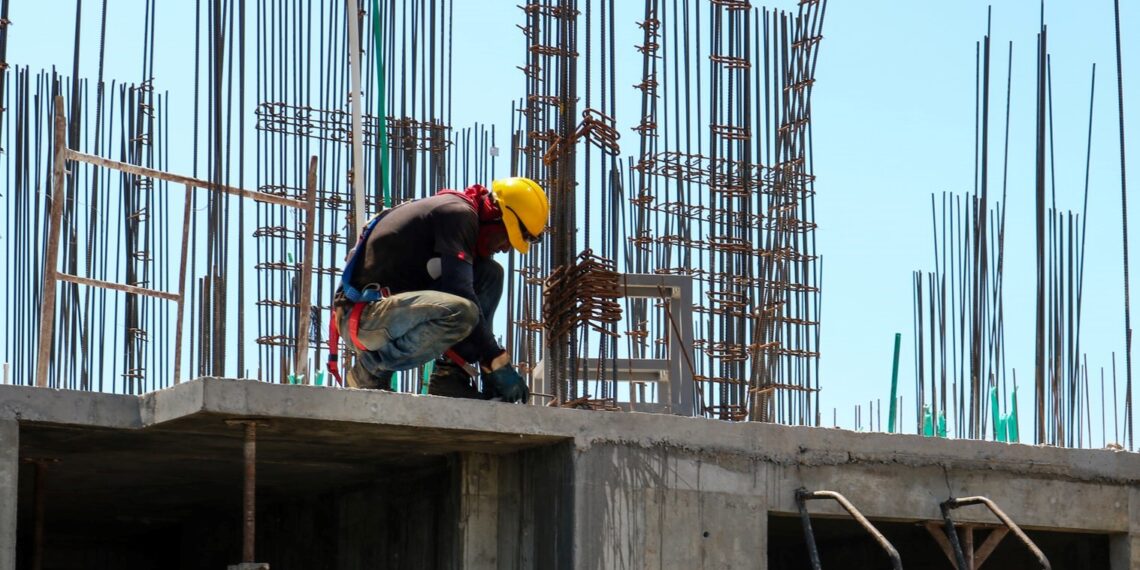In part 1 of our focus on embodied carbon, we look at some of the challenges facing understanding and measurement of emissions from the non-operational phase of a building
Sustainability in construction is a growing focus and increasingly flagged by developers as a benefit in a build’s marketing. Whilst sustainability aspects such as water and energy efficiency are improving post-handover operational emissions, work is still required on emissions released during the construction/deconstruction processes.
The challenge for any organisation looking to reduce their emissions during the non-operational, construction and demolition phases are the sheer amount of potential emissions that they must consider.
A full lifecycle approach needs to be taken. Embodied carbon includes big-ticket items such as the manufacture of cement, steel, aluminium, and glass. But it also includes how materials are transported, the operational excellence of the supply chain, how heavy equipment is used onsite, the fuel used to generate the electricity used onsite (often diesel generators), approaches to waste management and so on.
This content is for members only. Please Login or Register
Register now as a DCHUB member and receive all the membership benefits
Access to quarterly knowledge-sharing, workshops & networking events
Access to live webinars
Access to in-depth analysis, case studies, reports
Members’ newsletter
Access to training / education content
Access to weekly industry content















